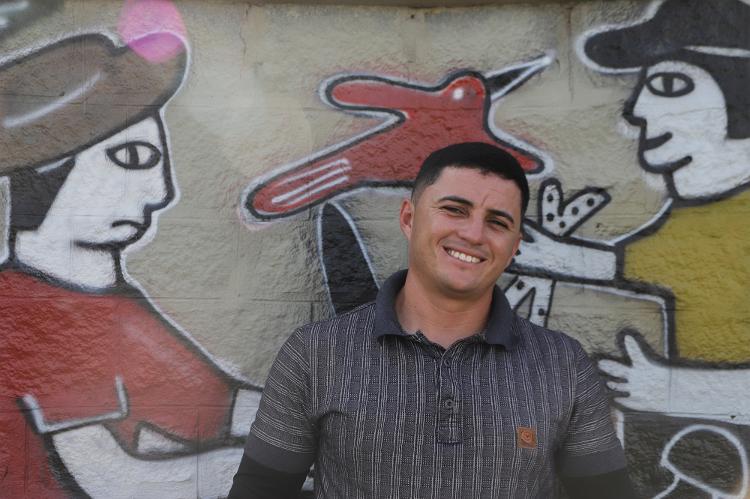In the aridity of that stone world, between crude tools and huge islands of rocks that create a scenario of devastated land that has already been compared to that of Serra Pelada, Tarciso Play made art.
Without ladders or a crane, this 27-year-old graffiti artist from Paraíba left his “sertaneja” art stamped on granite blocks from a quarry still in operation, inspired by the local stories he heard.
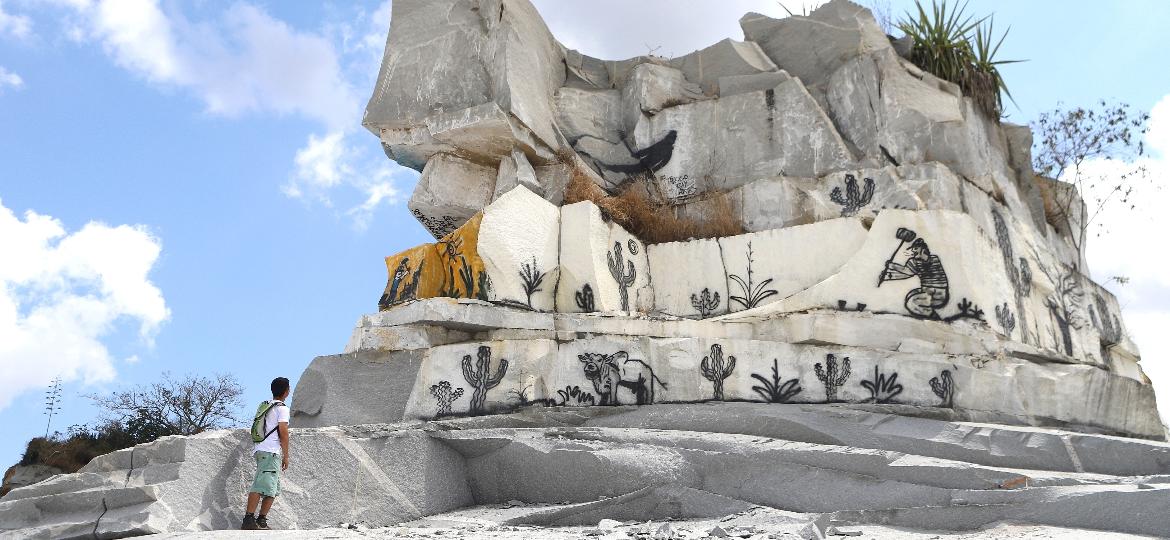
And so, from story to story, Tarciso gave Dona Inês a new look, a tourist destination approximately 145 kilometers from João Pessoa, the capital of Paraíba state.
“I do all kinds of art, copying and making it from memory”, he tells Nossa/UOL about his approximately one thousand works already made in commercial establishments, such as restaurants, schools and even “Umbanda terreiros”.
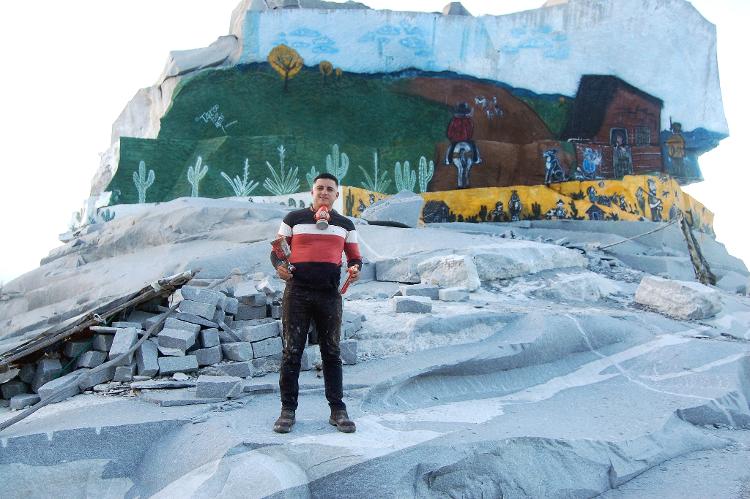
But his most authorial work is the Memorial Lajedo da Serra, where a granite quarry operates, the main source of income for more than 400 families and the second largest economic source in the city.
THE PATH OF THE STONES
Legend has it that the name of the future city comes from the time when a white lady took refuge in the region to live a forbidden love with a black man enslaved by her father, around 1850.
To record this and other oral histories, graffiti artist Tarciso Play was inspired by the stories of laundresses and cowboys that cordelista Mariano Ferreira was telling.
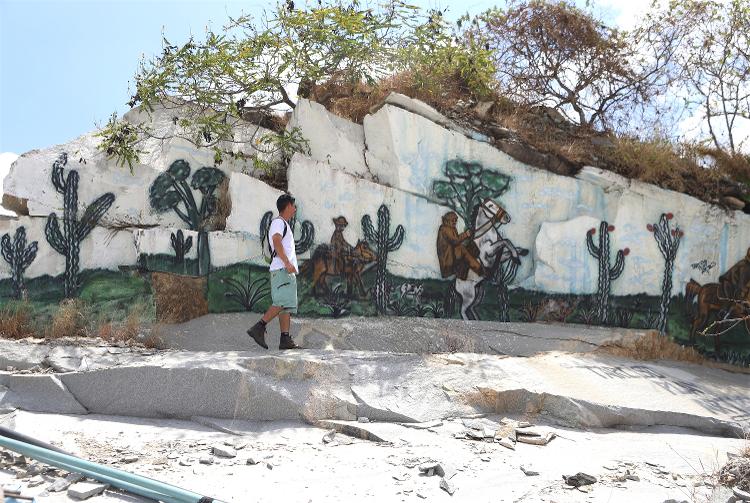
“Graffiti is very important because we try to stop stone extraction in the highest part of the quarry. It is a way of preserving the history of the slab and of the city” said Francisco Cunha Rodrigues, historian and driver of Dona Inês.
Born in the northeastern semi-arid region, Tarciso did not take long to find inspiration for drawing “xique-xique”, “gravatás” and stray cattle. It was really difficult to work in that improvised open-air studio in such a hostile environment.
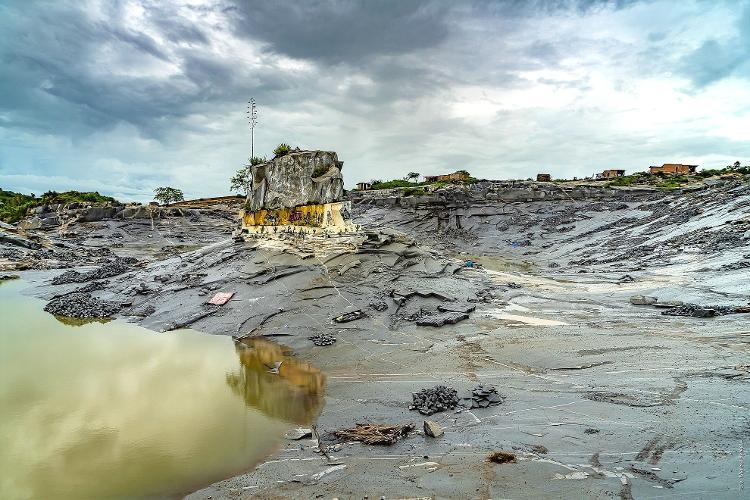
“You have to have courage to draw there. Basically, I did everything without a rope, with one hand holding the stone and the other, drawing”, says Tarciso, who took six months to make four panels, in 2021.
At points with easier access, he even used a support ladder, “even so, it was difficult to put the ladder because the corner was a little rough”, due to the rough cuts in stones that had already had some type of extraction.
Another difficulty was the lack of a nearby power point, which forced him to use a 300-meter extension cord to trigger the paint gun.
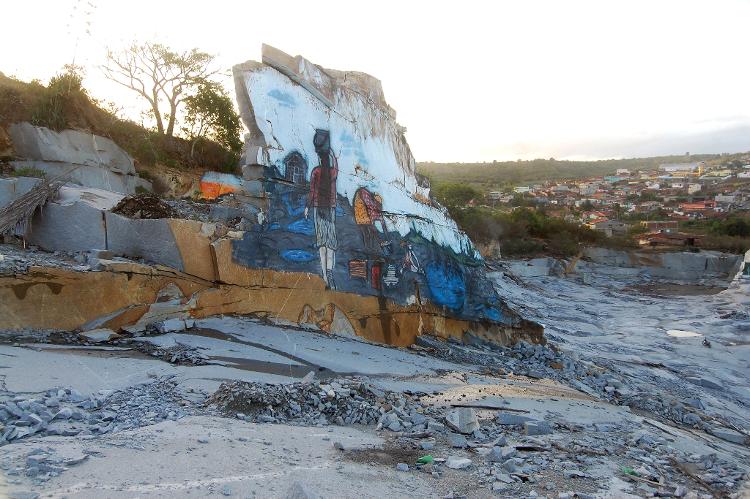
To preserve these outdoor works, which Tarciso estimates used “about 150 liters of paint”, the artist first applied a coat of the washable version to make a white base that penetrated into the cracks in the stones, followed by a layer colored with oil.
As the cordelista creator of the project tells Nossa, the space is not complete because “there is still resistance from the people who work there and do not want to give up other extraction areas for new graffiti”.
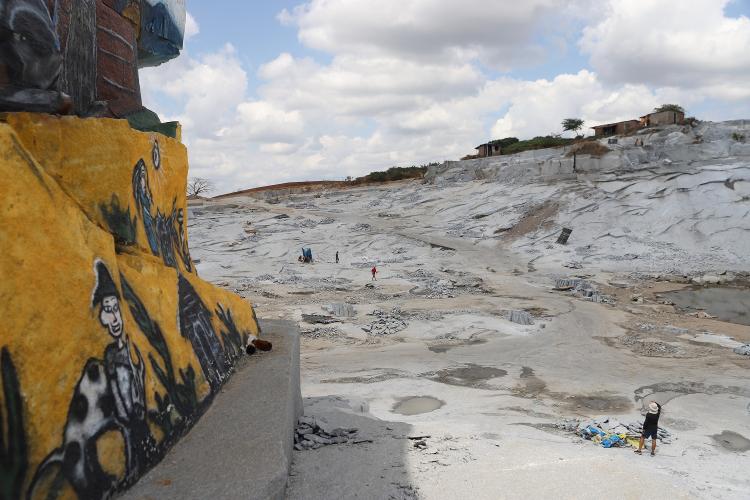
But within the hardness of men breaking the stones, we also have the lightness of art”, says Mariano Ferreira.
In daily meetings in the afternoon, Mariano would narrate in detail stories of “sisal” plantations and washerwomen who worked in the old local pots, as the rounded holes that form a kind of hot tub in the bed of some rivers are called.
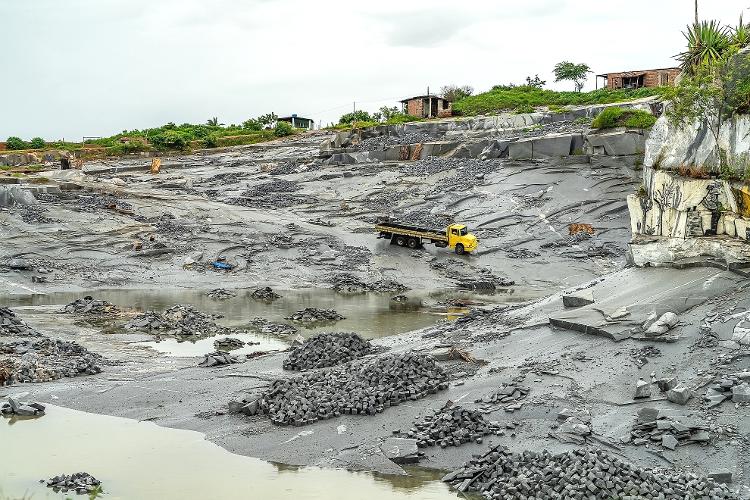
ANY RESEMBLANCE IS PURE INSPIRATION
Unlike other graffiti artists who make street art in big cities, Tarciso hopes his art won’t be deleted.
Even with the continuity of extractions, the immense islands and graffitied granite walls are protected by the public administration of the city as a way of maintaining the place as a tourist spot in the city.
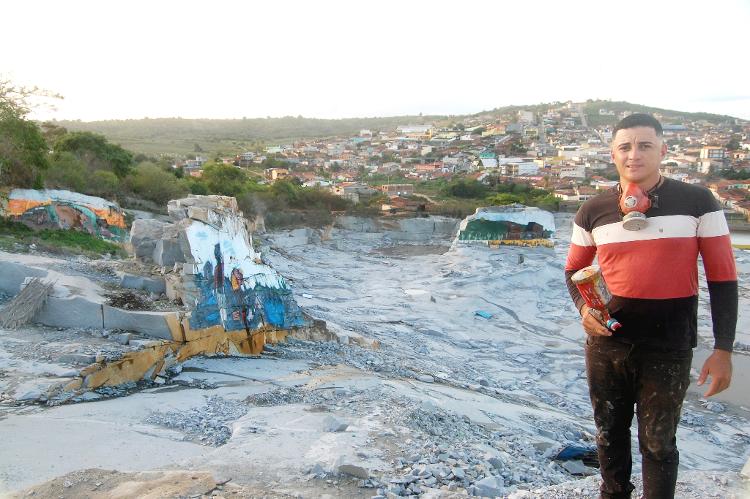
Keeping the due proportions, geographic and size, that crude scenario reminds one of a curious work that Eduardo Kobra did in Italy.
In 2017, the artist reproduced the David of the Renaissance artist Michelangelo in a mural 12 meters high and 20 meters wide on a marble hill in Carrara, Italy.
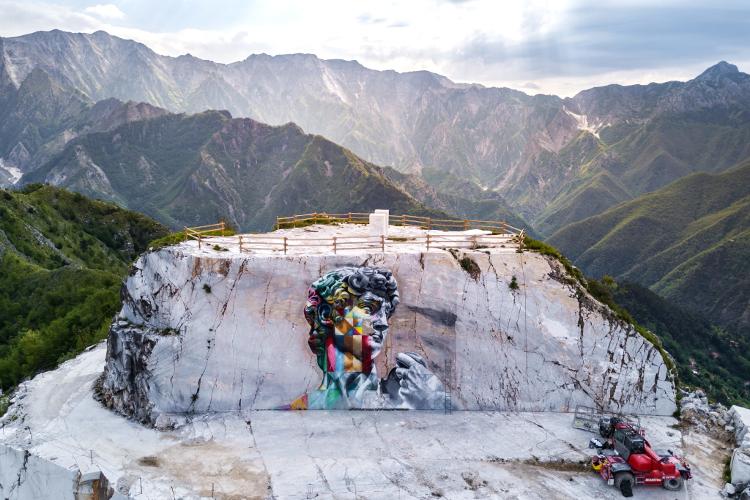
Coincidence or not, Tarciso has the muralist Kobra as his main artistic inspiration.
He also does some very unusual works that draw a lot of attention. I’m a big fan of that guy”, confesses the Paraíba native.
At the request of the report, Kobra returned the comment with a statement.
I find it incredible that the scope of my work can somehow inspire people to believe in their dreams and move forward. I found Tarciso’s work very cool, very coherent” Kobra
